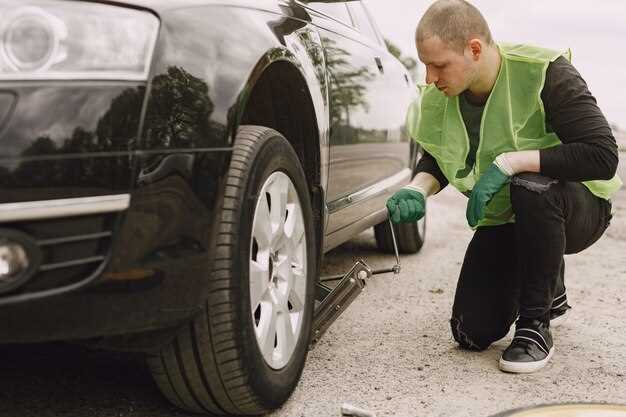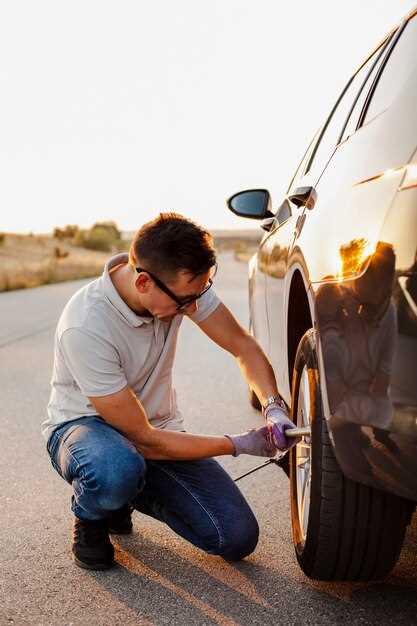
Vehicle bumpers serve as a critical safety feature, designed to absorb impact and protect the car’s structure during collisions. However, over time, or due to unforeseen circumstances, bumpers can become misaligned. This misalignment can lead to aesthetic issues and, more importantly, compromise the safety of the vehicle.
Understanding the common reasons behind bumper misalignment is essential for vehicle owners who wish to maintain their cars in optimal condition. One of the primary causes is collision damage. Even minor accidents can shift the bumper from its intended position, resulting in gaps and uneven fitting. Additionally, wear and tear from everyday use can weaken the mounting points, causing misalignment.
Another significant factor contributing to bumper misalignment is poor installation. After repairs or replacements, if a bumper is not installed correctly, it can lead to alignment issues. Furthermore, temperature fluctuations and exposure to the elements can cause materials to expand or contract, affecting the bumper’s position. Addressing these issues promptly is crucial for ensuring the longevity and functionality of both the bumper and the vehicle as a whole.
Impact Damage from Collisions and Accidents

Impact damage is one of the primary causes of bumper misalignment in vehicles. Collisions, regardless of their intensity, can lead to significant structural alterations in a car’s body, especially in the front and rear ends where bumpers are located. Even minor accidents can result in misalignment due to the inherent flexibility of bumper materials, which can shift out of place when subjected to forces during a crash.
During a collision, the energy transfer can cause the bumper to detach partially or fully from its mounting points, leading to gaps, uneven spacing, or complete misalignment with the vehicle’s body. Severe impacts, such as those resulting from high-speed accidents, often lead to more extensive damage, affecting not only the bumper but also the underlying frame and support structures. This can create challenges in repairing the vehicle effectively, as the alignment process requires precise adjustments to restore optimal functionality.
The combination of damaged mounting hardware and possible frame issues complicates the reinstallation of the bumper, making it essential for technicians to thoroughly assess both the visible and hidden components of the vehicle. Misaligned bumpers can cause a range of problems beyond aesthetics; they can impair aerodynamics, increase drag, and negatively impact safety features such as crumple zones designed to protect occupants during accidents.
In summary, addressing impact damage promptly after a collision is crucial to ensure that bumpers are correctly aligned, maintaining the vehicle’s integrity and overall performance. Regular inspections following any incident can help vehicle owners identify misalignment issues early, potentially saving on more costly repairs down the line.
Wear and Tear of Mounting Hardware

The mounting hardware plays a crucial role in the proper alignment and stability of a vehicle’s bumper. Over time, these components can experience significant wear and tear due to various factors including exposure to the elements, road conditions, and repeated stress from impacts. As the mounting hardware degrades, it can lead to loose connections and misalignment of the bumper, resulting in gaps or uneven positioning.
One common issue is rust and corrosion, which can weaken metal brackets and fasteners, compromising their structural integrity. Even high-quality materials can succumb to environmental influences, particularly in regions with harsh weather conditions or high humidity. Additionally, plastic mounting clips and components can become brittle with age, leading to breakage during routine maintenance or minor collisions.
Loose or damaged bolts can also contribute to bumper misalignment. As the vehicle endures vibrations from driving, these bolts may gradually loosen, causing instability in the bumper assembly. Regular inspections and maintenance of mounting hardware can help identify issues before they escalate into more significant problems.
Replacing worn or damaged mounting hardware should be a priority to ensure the bumper functions correctly and continues to protect the vehicle’s structure. Investing in quality replacement parts can mitigate the risk of future alignment issues and extend the lifespan of the bumper assembly.
Improper Installation and Aftermarket Modifications
Improper installation of bumpers can lead to significant alignment issues. When a bumper is not securely fastened or is misaligned during installation, it may sit unevenly. This can happen because of incorrect hardware use, inadequate tightening of bolts, or neglecting to follow manufacturer specifications. A poorly mounted bumper not only affects aesthetics but can also compromise safety by failing to absorb impact effectively.
Aftermarket modifications are another common source of bumper misalignment. Enthusiasts often upgrade to custom bumpers for enhanced performance or styling. However, aftermarket parts may not always fit perfectly with a vehicle’s original framework. Incompatibilities arise due to variations in design, which can result in gaps, misalignments, or improper mounting. These issues are exacerbated if the installation is performed without professional help or if modifications are made without sufficient expertise.
Moreover, factors such as weight distribution changes and modifications to other vehicle components can further complicate alignment. Any lifting, lowering, or alteration of chassis components can impact how the bumper aligns with the rest of the vehicle. Therefore, it’s crucial for vehicle owners considering aftermarket options to consult with professionals and choose compatible parts specifically designed for their vehicle model.

